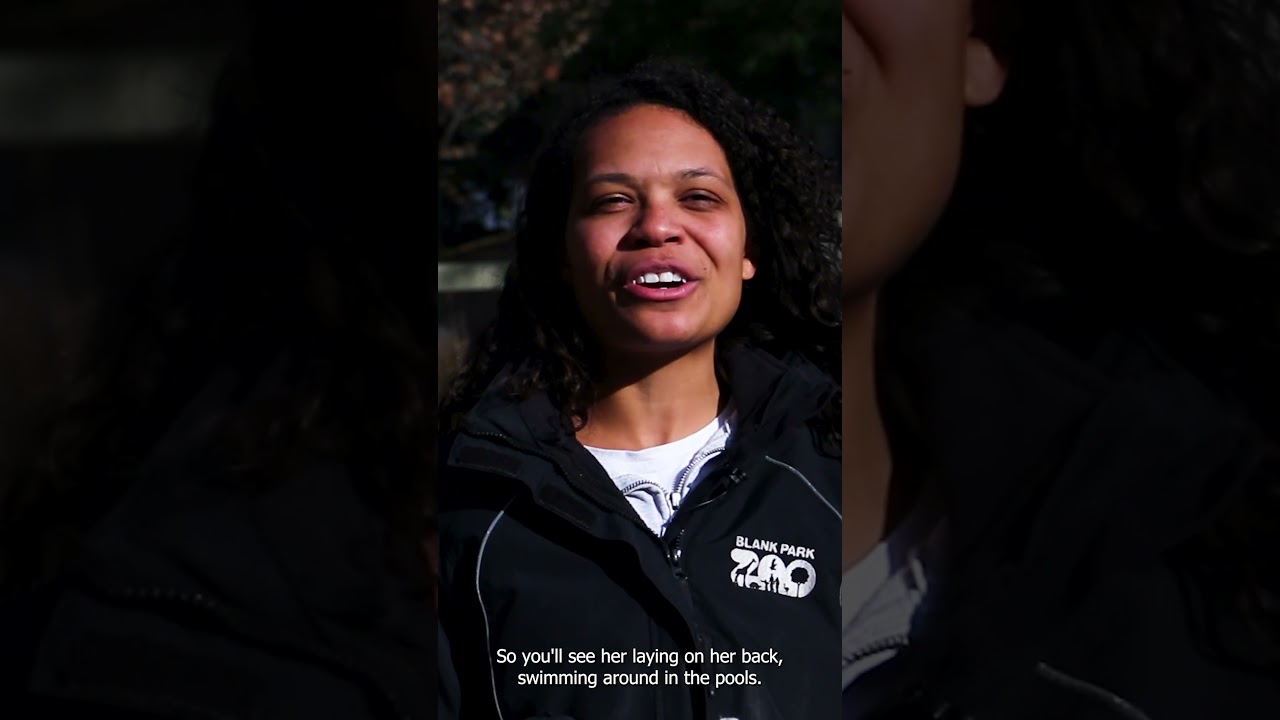– Discovering the otters of Blank Park Zoo: traits that make them unique.
– Learning to differentiate the three otters: characteristics and behaviors.
– The otters’ role in their ecosystem and importance to biodiversity.
– Tips on how to observe and appreciate otters during a zoo visit.
– Interesting anecdotes and facts about otter life and care.
Welcome to a journey through the sleek, playful world of the Blank Park Zoo’s otter trio. With their whiskered faces and agile bodies, otters always capture hearts with their antics both in the water and on land.
But have you ever wondered how to tell one otter from another? It might seem daunting initially, but with a few insights, you’ll spot your favorite in no time.
### Understanding the Otters: More Than Just a Cute Face
Let’s experiment with the otter species that call the Blank Park Zoo home. Otters belong to the mustelid family, which includes ferrets, badgers, and wolverines. Yet, otters are undeniably the swimmers of this family. Their streamlined bodies, webbed feet, and waterproof fur make them experts in aquatic environments.
At the Blank Park Zoo, the otters are not just ambassadors for their species but also their freshwater ecosystems. They play a critical role in their natural habitats, maintaining the balance within the aquatic food chain and helping to keep their environment clean and healthy. As engaging as they are to watch, they remind them of the intricate web of life that zoos strive to protect.
### Spotting Your Favorite Otter: Clues and Characteristics
So, how can you tell which otter is which? It’s a bit like learning to recognize friends from a glance – each otter has unique features and behaviors. Here are some tips to guide you:
– **Look at the size**: Generally, males are larger than females, which can be a helpful starting point.
– **Examine the markings**: Otters with freckles or birthmarks can have distinctive fur patterns or coloration like humans.
– **Notice the behavior**: Is one otter particularly playful or another more laid back? Personalities shine through, even in otters.
– **Feeding time observations**: Watch how they interact with their keepers and each other during feedings. Dominance hierarchies or preferences for certain foods can be quite telling.
– **Listen**: Otters can be vocal with squeaks, chirps, and even growls. You might recognize an otter by its “voice.”
Remember, it’s not just about recognizing the otters – it’s about understanding their behavior and appreciating their individuality.
### The Daily Lives of Otters: A Peek into Their World
Now that you’ve got a handle on telling the three otters apart, let’s dive into what a day in their life involves. Otters are naturally curious and energetic creatures. A considerable part of their day at the zoo is dedicated to play – which isn’t just fun for them but essential for their physical and mental well-being.
An otter’s play can involve sliding down mud or snow banks, juggling pebbles or their favorite toys, and engaging in mock fights that help social bonding. This playfulness translates incredibly well to an aquatic setting, where they can be viewed torpedoing through the water with grace and agility.
The Blank Park Zoo provides a dynamic environment that mimics their natural habitat to encourage these behaviors. This includes pools for swimming, rocks for climbing, and secluded areas for resting. The otter enclosure is designed to offer visitors a window into their world without disrupting their natural behavior.
### Conservation and Care: The Human-Otter Connection
The attention otters receive from visitors and staff alike is essential. These creatures are not merely exhibited inhabitants but vital participants in educational programs that raise awareness about conservation issues. Otters face numerous threats in the wild, including habitat destruction, water pollution, and overfishing, which impact their populations significantly.
Care at the zoo is comprehensive and adheres to the highest welfare standards. Zookeepers spend countless hours ensuring these animals receive a balanced diet, medical care, and plenty of enrichment activities to keep them physically fit and mentally stimulated.
If an otter falls ill or requires special attention, the zoo’s dedicated veterinary team provides treatments tailored to otter physiology. This close monitoring of their health reflects a broader commitment to otter conservation worldwide.
### When You Visit: Making the Most of Your Experience
When you next visit the Blank Park Zoo, remember these otter observations. Time your arrival to catch scheduled feeding times or enrichment activities. These are wonderful opportunities to see the otters in action and learn about otter dynamics and care from the knowledgeable staff.
Take a moment to slow down and observe the otters’ interactions with their environment. With patience, you’ll notice the subtle differences between each one and the complexity of their social structure. Encourage young visitors to do the same, nurturing a sense of wonder and respect for these charismatic creatures.
### Closing Thoughts: An Otterly Fascinating Glimpse
The otters of Blank Park Zoo offer us a fascinating glimpse into the wonders of wildlife. They invite us to explore the broader conservation narrative and our role with each splash and playful chase. By learning to identify and appreciate each otter’s individual traits and behaviors, we form a connection that can inspire a lifelong commitment to protecting these delightful animals and the wild spaces they inhabit.
As you blend into the background, observe discreetly, and immerse yourself in the otters’ world, you’ll depart with not only a favorite otter in mind but also a deeper understanding of the necessity to safeguard our planet’s precious biodiversity. What could be more uplifting and enjoyable than that?
*****
Source Description
It could be tricky to distinguish the three otters unless you’re an otter keeper. Here are a few tips to help you spot your favorite otter.


